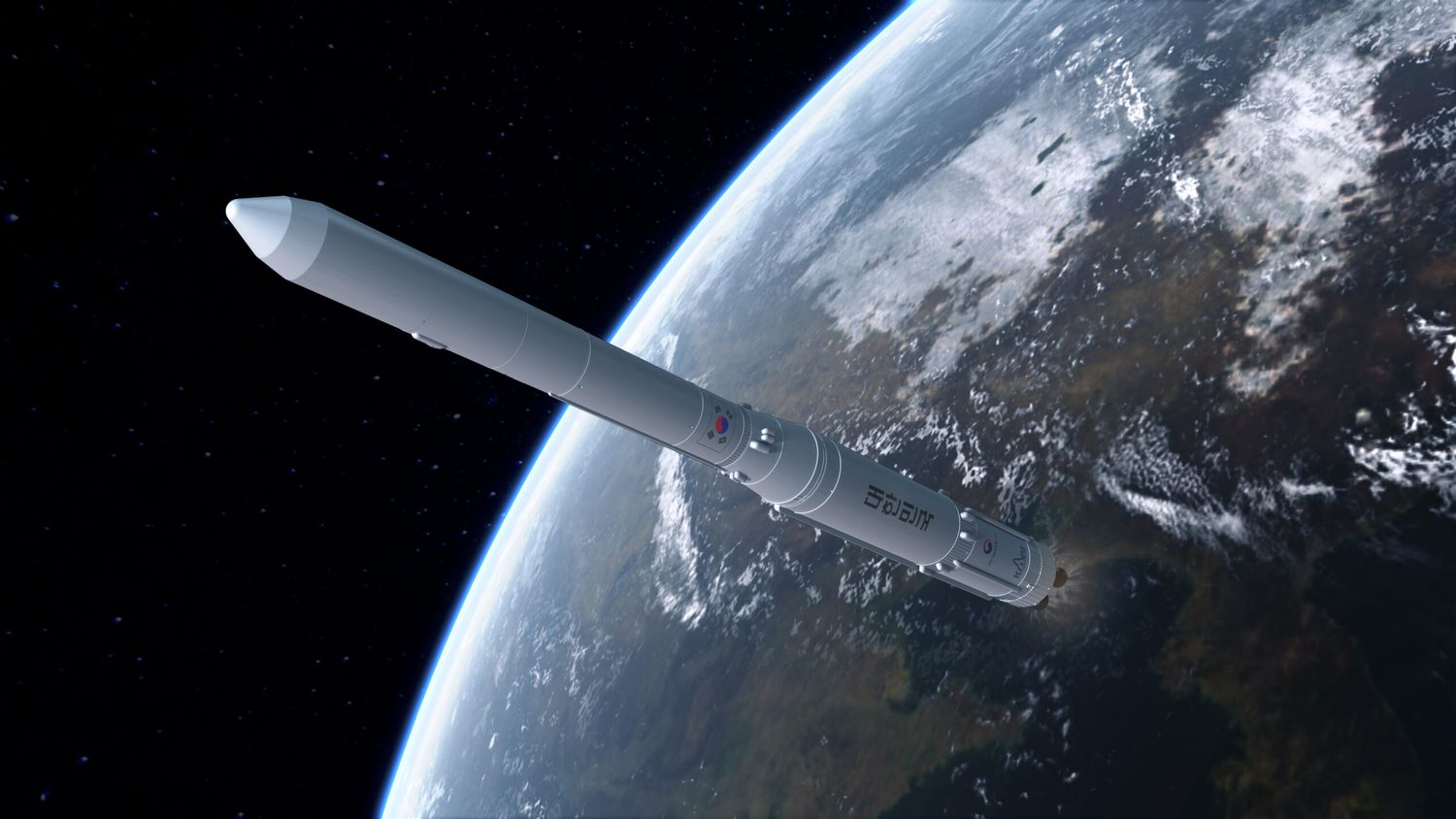The new space age is here and everyone wants to be a part of it. That’s why the South Korean government, together with a private national aerospace conglomerate led by KAI, set its sights on sending a probe to the Moon.
Han Chang-heon, head of KAI’s future space business division, commented in an interview with Maeil Business News that Korea Aerospace Industries (KAI) will support and participate in the project to upgrade the Korean launch vehicle KSLV-II «Nuri» to be capable of carrying a probe to the Moon.
The Nuri is the first space launch vehicle developed in Korea with the capability to place a 1.5-ton payload at an altitude of 600 km. It has a height of over 47 m and a mass of 200t. This 3-stage vehicle is very new and is still in the testing and qualification stage; its first launch is scheduled for October 21 this year.
Based on the KSLV-II, Kai and the Korea Aerospace Research Institute will develop a modified launcher to carry out South Korea’s first lunar mission.
대한민국 독자개발 우주발사체 #누리호
1, 2, 3단이 결합된 누리호 인증모델이
발사대 인증시험 수행을 위해 발사대로 이동하였습니다.처음으로 공개된 47.2m 누리호 완전체의 모습을 영상으로 만나보시죠! pic.twitter.com/LcIjf6RDam
— 한국항공우주연구원 (@kari2030) June 1, 2021
This upgrade project aims to previously launch 4 Korean rockets and establish a large-scale mass production system of launch vehicles, for which significant budget reinforcements will be made over six years from 2022 to 2027.
Currently, only nine states, including North Korea, have their own launch vehicle technology, of which only six (the United States, Russia, Europe, Japan, China and India) have the capability to launch a satellite weighing more than 1 ton.
Han Chang-heon commented, «Because launch vehicle-related technology has the character of a strategic asset, neither technology transfer nor the import of parts from advanced countries was possible, so the development process itself was a kind of ‘starting from the basics’.»
Korea will work hard to develop the technologies needed to actively participate in the new opportunities that the rebirth of the space age is offering. In fact, one of the pillars of KAI’s future growth strategy is the satellite image analysis business. To this end, it is not only developing its own launchers but has recently contracted SpaceX for the launch of its future Earth observation satellite into orbit in 2023.
Korea’s nascent launcher industry
KAI currently manufactures the fuel and oxidizer tanks for the KSLV-II, and is responsible for their integration into the rocket’s first stage, which reaches 23 meters in altitude.
Kim Jeong-hyeon, KAI’s deputy general manager, explained: «Even if there is a single 0.2 mm scratch on this huge tank, the tank will be scrapped. Making an error-free tank for a successful launch is the basis of safety.»
The tank is made of a special high-strength, lightweight aluminum alloy. To further reduce weight and increase strength, the tank’s inner surface features a honeycomb-like configuration.
The propellant tanks produced undergo radiographic and hydraulic testing. Korea’s welding technology, which does not allow a single error, has already proven to be the best in the world in shipbuilding and other fields.
[youtube https://www.youtube.com/watch?v=-xleyXo5gL0&w=844&h=475]
Manufacturing the KSLV-II «Suri» is a painstakingly crafted process, but as the program progresses and successful launches follow, production will be streamlined and become more economical, allowing Korea to compete in the space market and succeed in planting the first Korean flag on the Moon.



Comentarios
Para comentar, debés estar registrado
Por favor, iniciá sesión